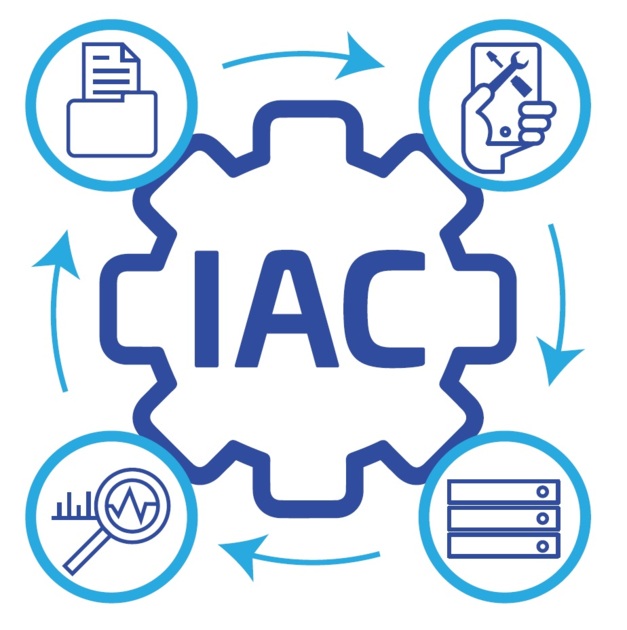INTELLIGENT-ACCESS-CONTROLLER | IAC
- Available in:
- Asia
- Australia/New Zealand
- EMEA
- Latin America
- North America
A network and element management, deployment, provisioning, and monitoring solution.
Features and Benefits
CommScope’s Intelligent Access Controller (IAC) provides the visibility, control, automation, and efficiency network operators require as they evolve their access networks to support and supply the next generation of services. IAC is a virtualized solution that provides full FCAPS network management functions including:
The Intelligent Access Controller provides a graphical interface to the access network without sacrificing versatility and control. The IAC supports developing networks by avoiding command errors, improving the end user experience, and reducing operational costs through improved efficiency.
Refer to the Data Sheet for additional information.
- An easy-to-use management UI with mobile support for Distributed Access Architecture (DAA) products.
- Streamlined bulk provisioning of modules through template management.
- Network abstraction to provide a single REST API access point for OSS access to components.
- Status monitoring and performance management with reporting and dashboard systems.
The Intelligent Access Controller provides a graphical interface to the access network without sacrificing versatility and control. The IAC supports developing networks by avoiding command errors, improving the end user experience, and reducing operational costs through improved efficiency.
- Cloud-native – The IAC is designed with virtualization in mind, supporting seamless scaling as your network grows and evolves.
- Flexible Deployment – The IAC can be operated from multiple environments, from virtualized ecosystems, containers, or even bare metal, to fit into the requirements and security needs of many network types.
- Simplified operation – The Web-aware GUI of the IAC provides a graphical view of the access technology ecosystem, from core to CPE, supporting greater user flexibility and making product programmability easier to support.
- Zero/Minimal-touch provisioning – The IACs use of zero- or minimal-touch provisioning systems allows configurations to be developed and verified, then deployed automatically when a device joins the managed access network. Minimal touch provisioning for Remote PHY nodes supports scanning a QR code with an IAC mobile client application to automatically provision a device. Less human intervention in the turn-up process means less human error and faster service activation for subscribers.
- Reduced rework – Development of configuration templates in advance and delivery of those templates to configurable devices in the network allows changes to be planned, piloted, validated, and deployed from the IAC interface. An approach that leverages the network to deploy changes or configure software features reduces the number of costly truck rolls needed to support a change of service.
- Batch configuration deployment – The use of object templates makes configuring or reconfiguring managed components in a DAA network a matter of advance planning and automated deployment. Design, test, plan and validate the changes, then put them into production with support for an automated rollback.
- Orchestration support – Virtualized network modeling with YANG and communications through industry standards like NetConf and SNMP assure the interoperability necessary to support orchestration alongside existing OSS infrastructure.
- Critical function status monitoring – All systems monitored by the IAC report in to recording, display, and alarm utilities that provide issue detection for network problems, monitoring to identify trouble points and inform capacity planning, and show overall network health.
- Disaster recovery and Geo-redundancy support – The IAC manages the CommScope vCCAP Evo™ Disaster Recovery by monitoring all active vCCAP Evo instances. If a service need is detected, the IAC synchronizes configurations to a pre-defined disaster recovery state and ensures that affected Remote PHY nodes are moved automatically in case of a full cluster failure.
Refer to the Data Sheet for additional information.
Specifications
Product Classification
| Regional Availability | Asia | Australia/New Zealand | EMEA | Latin America | North America |
| Product Type | Virtualized system |
Product Classification
| Regional Availability | Asia | Australia/New Zealand | EMEA | Latin America | North America |
| Product Type | Virtualized system |
Documentation & Downloads
Product Specification
Warranty
Product Specification
Warranty
Other Ways to Browse




